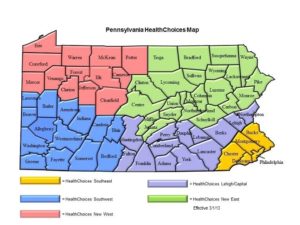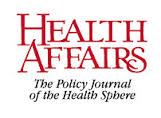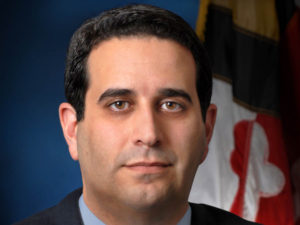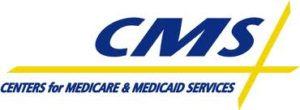Affordability a Challenge for Many Newly Insured
Many Americans who have obtained private health insurance through the Affordable Care Act continue to have problems affording health care.
According to a Kaiser Family Foundation report based on focus groups six states, low-income individuals with new private insurance report continued problems with:
 medical debt
medical debt- affording care that is not covered by their insurance plans
- handling out-of-pocket expenses, including deductibles
- unexpected bills for treatment they thought was covered
Such patients pose a challenge for many Pennsylvania safety-net hospitals because of their inability to afford their co-pays and deductibles, leaving these hospitals with unexpected uncompensated care and bad debt. Because they care for more low-income patients than the average hospital, this is a bigger problem for the state’s safety-net hospitals.
For a closer look at how the study and focus groups were conducted and what they found, go here for the Kaiser Family Foundation report Is ACA Coverage Affordable for Low-Income People? Perspectives from Individuals in Six Cities.


 Other suggestions for modifying the readmissions reduction program include shortening the window on readmissions, which might better reflect the quality of care a hospital provides rather than the nature of the patients it serves; changing the quality measures on which hospitals are judged, choosing new measures that might be less sensitive to socio-economic factors; and providing additional financial or other support to hospitals that serve especially large numbers of low-income patients.
Other suggestions for modifying the readmissions reduction program include shortening the window on readmissions, which might better reflect the quality of care a hospital provides rather than the nature of the patients it serves; changing the quality measures on which hospitals are judged, choosing new measures that might be less sensitive to socio-economic factors; and providing additional financial or other support to hospitals that serve especially large numbers of low-income patients.



